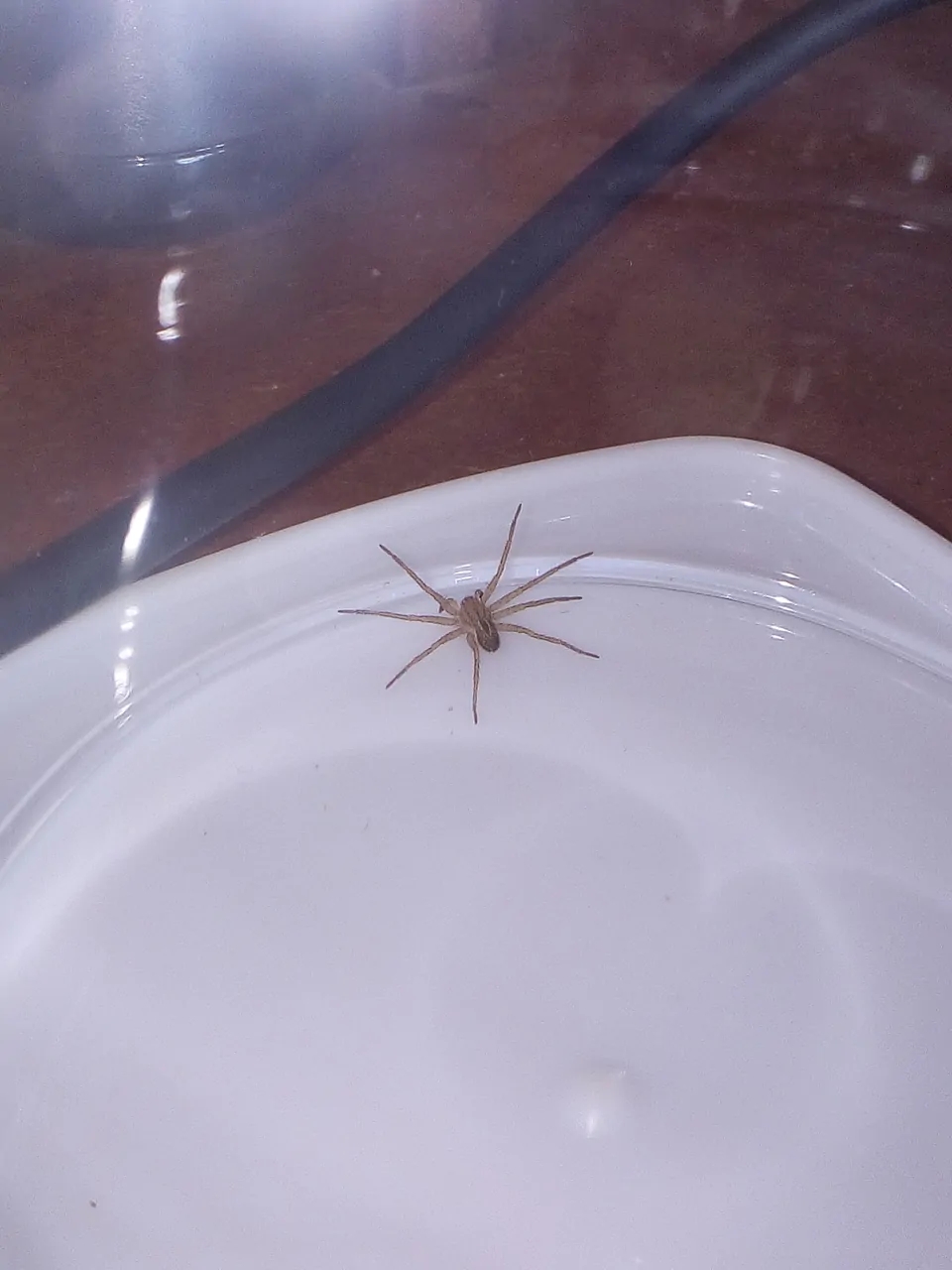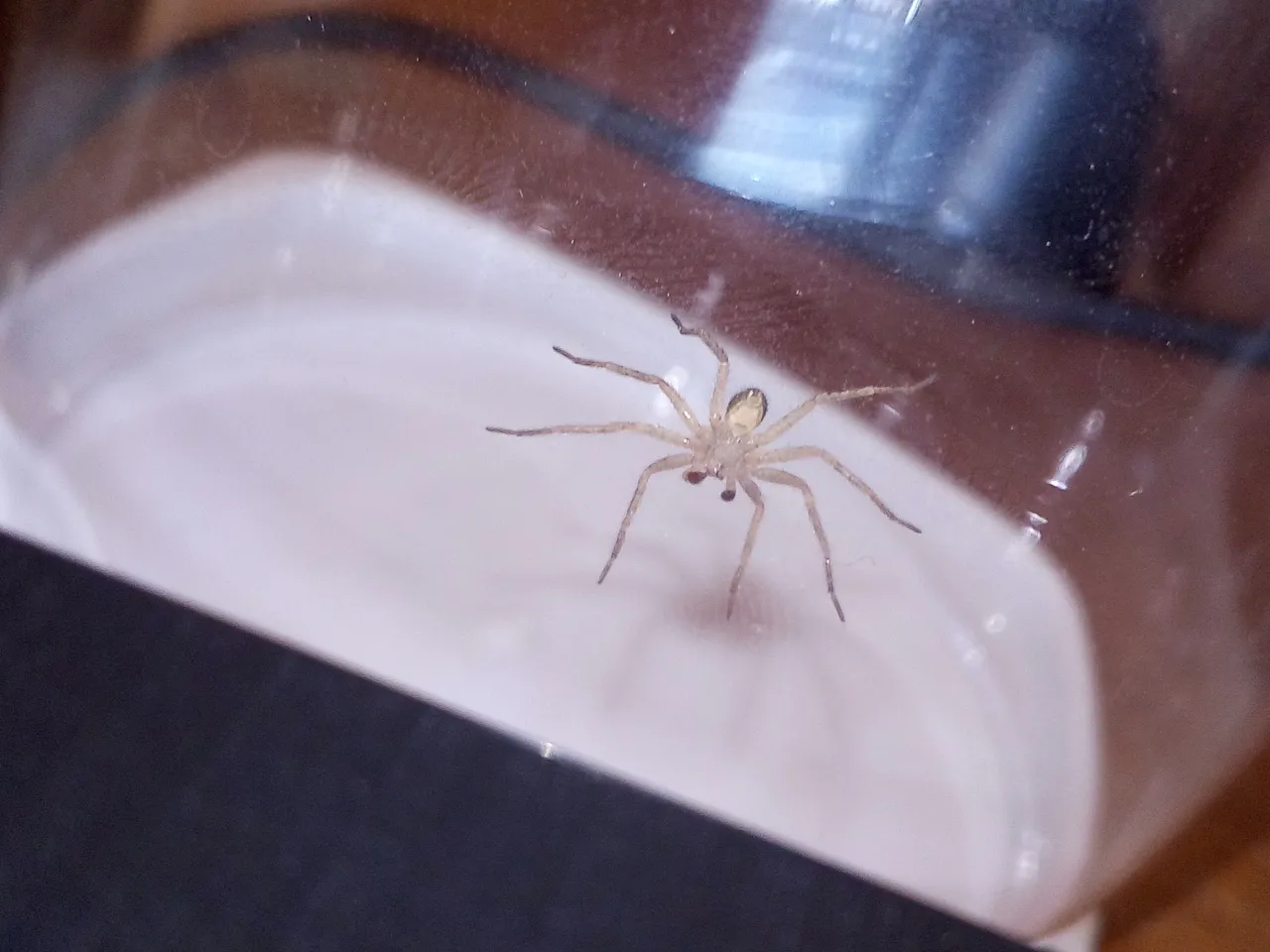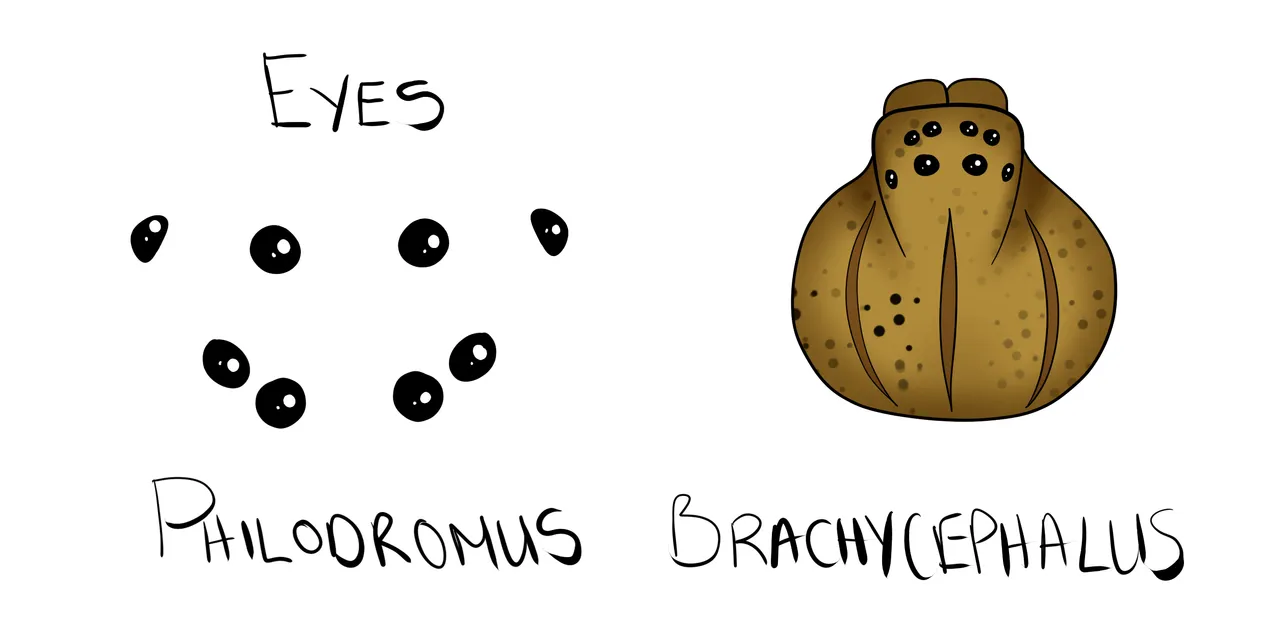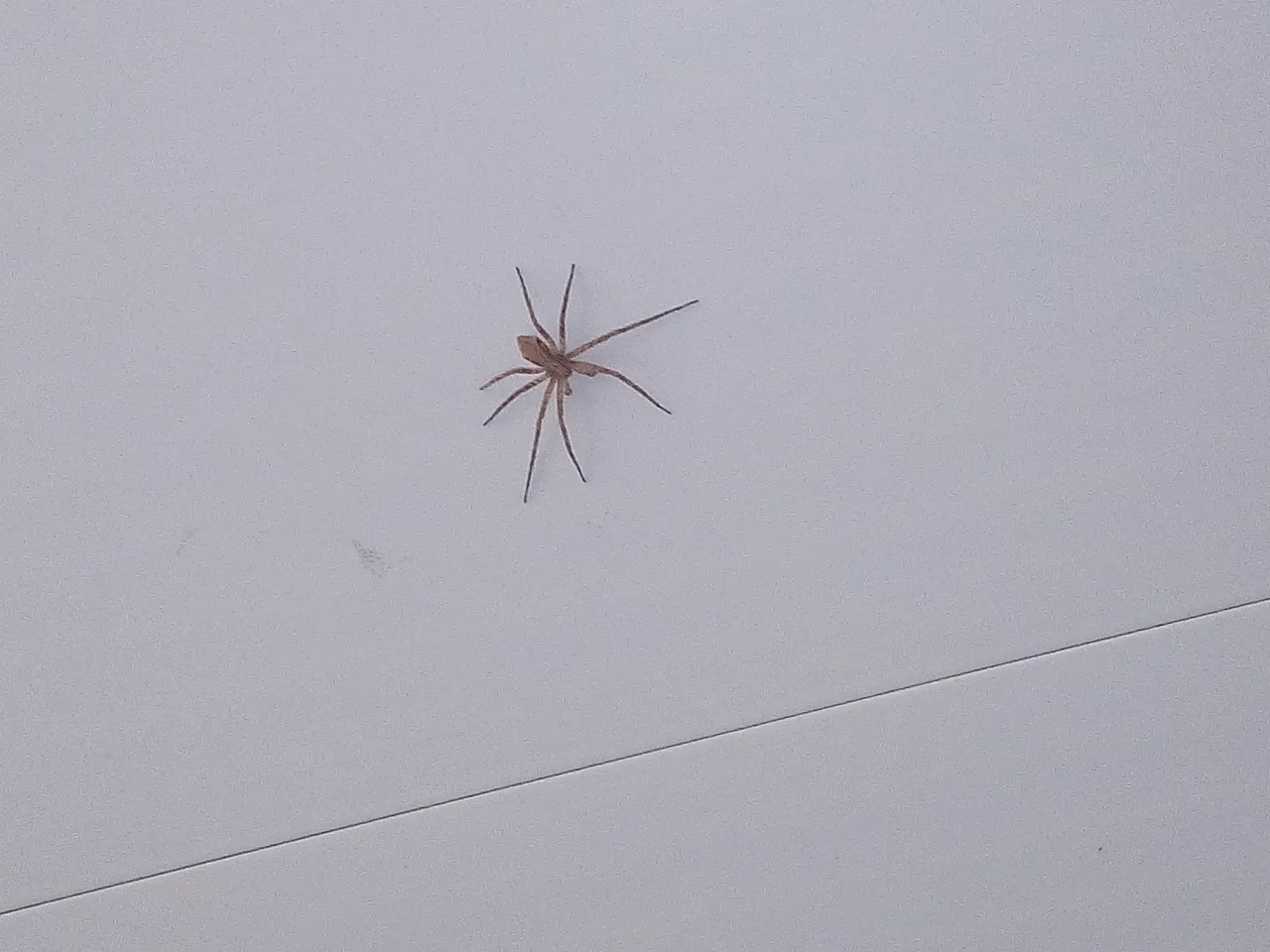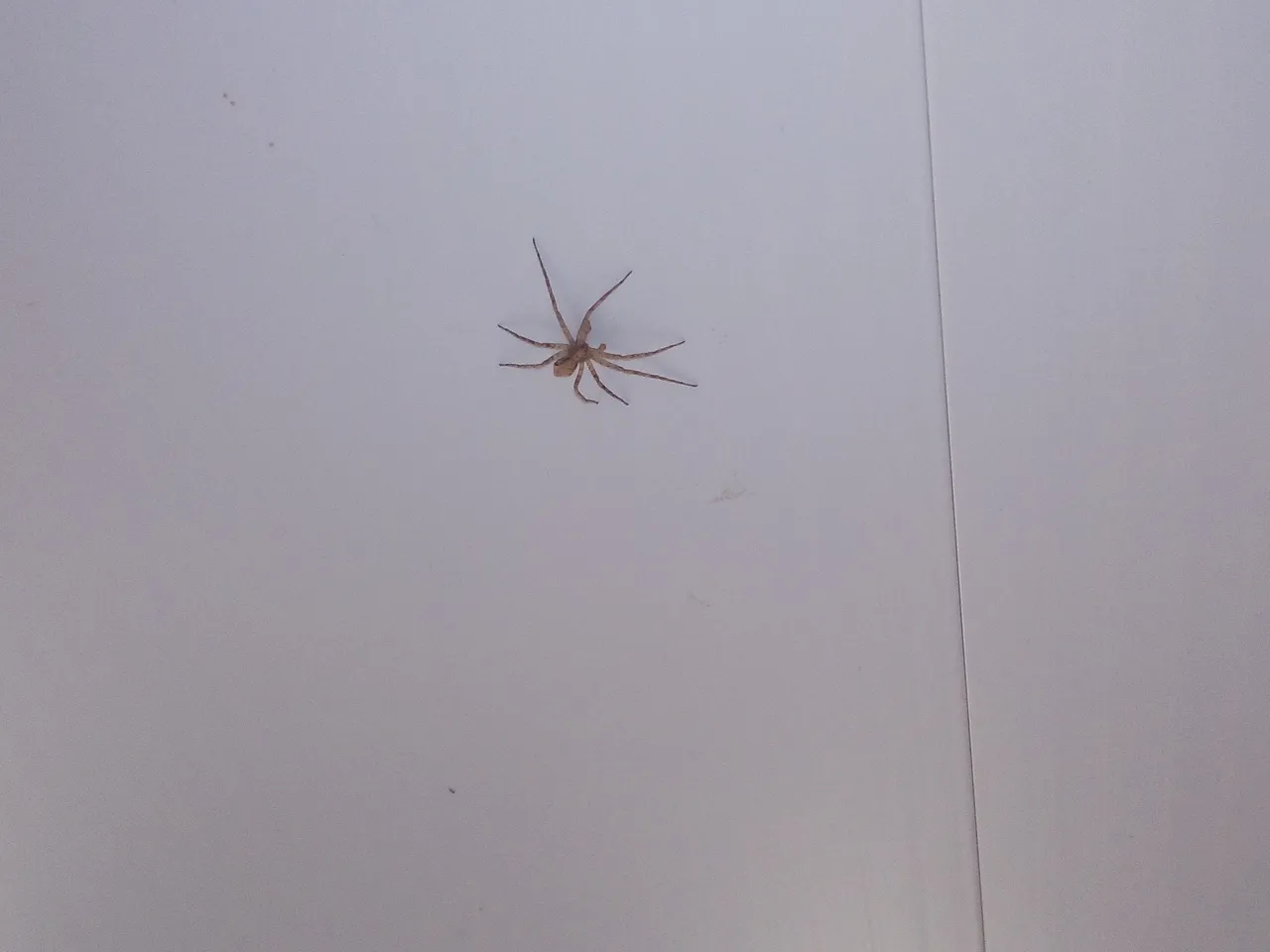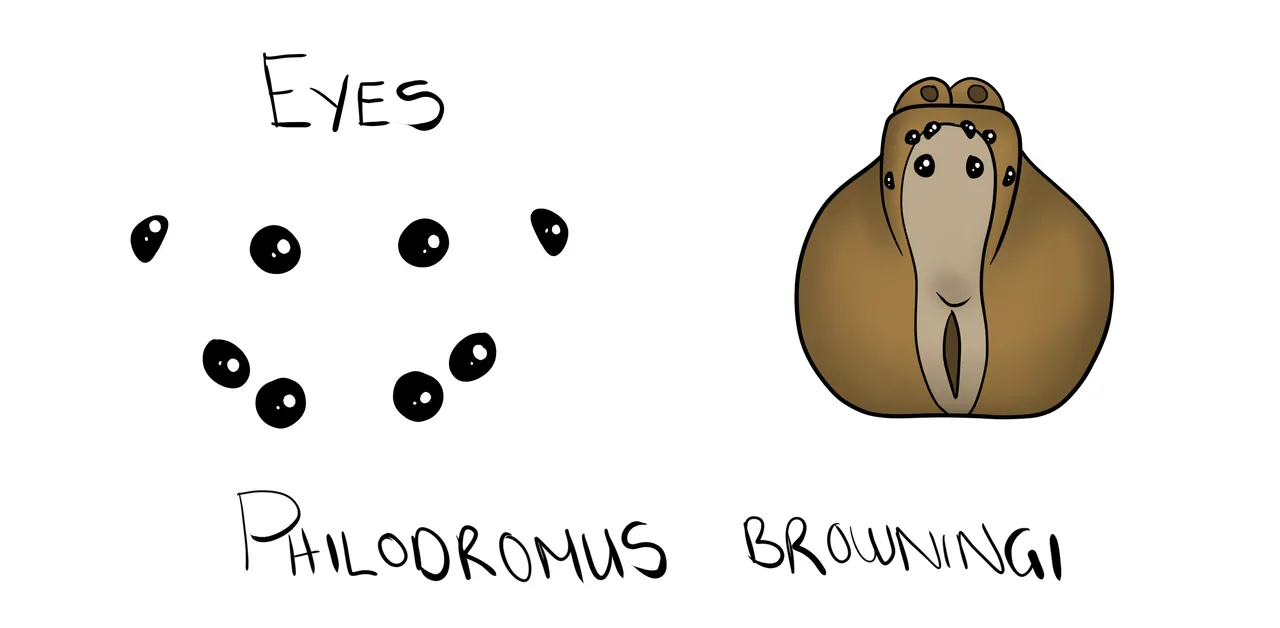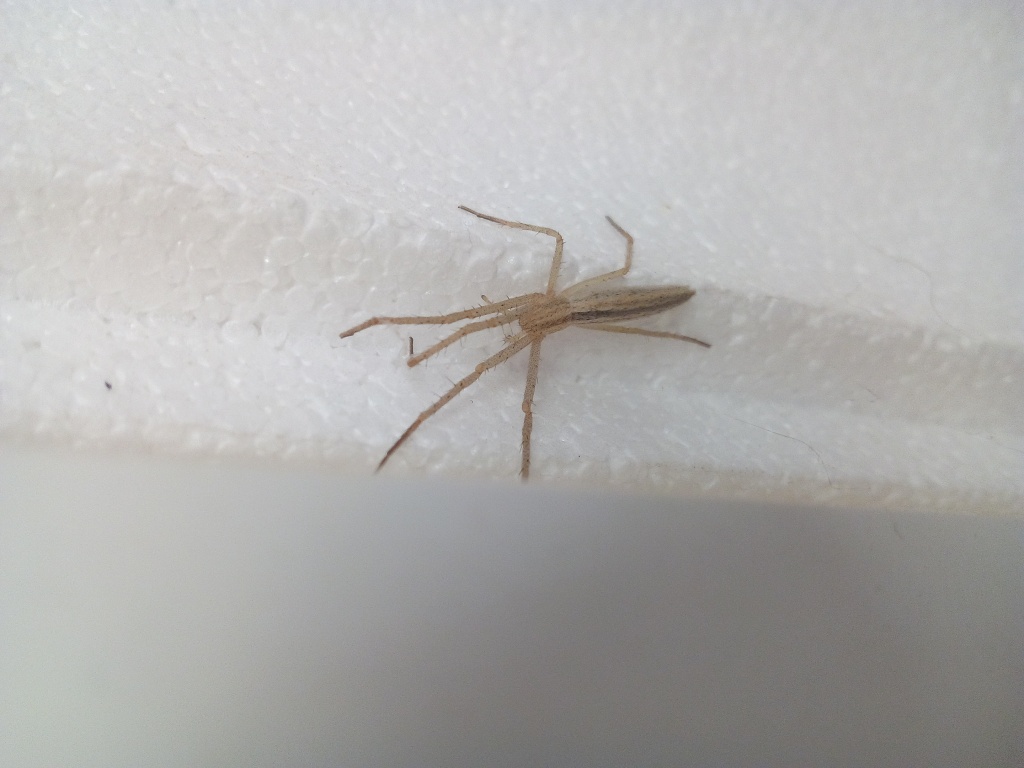GLOSSARY
Family:
the group in which spiders that have the same characteristics are grouped together.
Genus:
A smaller group of similar spiders within a family. Genera is the plural.
Species:
the specific type of spider, always preceded by the genus, e.g. Latrodectus geometricus or L. geometricus.
Dorsal: on top.
Ventral: underside.
Anterior: front.
Posterior: behind.
Cephalothorax:
or headpiece, the anterior, and usually the smallest, tagmata (body part) of a spider's body.
Carapace:
the hard shell on top of the head breast piece.
Sternum:
A plate at the bottom of the headpiece.
Cephalic region:
the area in front the carapace.
Eye area:
the area in which the spider's eyes are found.
Chelicerae:
the “jaws” located at the front of the carapace. The teeth and fangs are found on it.
Pedipalps:
two small leg-like tactile organs attached to the front of the carapace.
Abdomen:
the posterior and usually the largest tagmata (body part) of a spider's body.
Pedicel:
a small pipe that connects the cephalothorax to the abdomen.
Spinnerets:
the organ that is at the back of the abdomen, usually at the bottom. Silk is spun by the organ.
Epigyne:
the area at the bottom of the abdomen near the pedicel where a spider's genitals are.
Shoulder:
bumps or prickly protrusions on the top of the dorsal abdomen that look like shoulders.
Coxae:
is the first part of a spider's leg, which is attached to the underside of the carapace.
Trochanter:
the second part of the leg that connects the femur to the coxa.
Femur:
the third part of the leg between the trochanter and patella. It is also the first of the three longest parts of a spider's leg.
Patella:
the fourth part of the leg that connects the femur to the metatarsus; the knee of the spider's leg.
Tibia:
the fifth part of the leg that is between the patella and the metatarsus, also the second of the longest parts.
Metatarsus:
the sixth part of the leg that is between the tibia and the tarsus, also the last of the longest parts.
Tarsus:
the last part of a spider's leg forming its foot; the claws are found on this.
Fovea:
a small dimple in the middle of the carapace.
Clypeus:
the space between the eyes and the chelicerae.
Setae:
the name for the "hair" on a spider.

